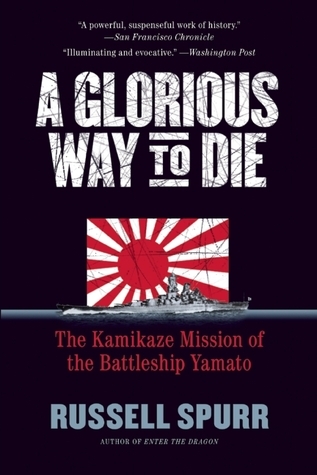What do you think?
Rate this book


368 pages, Paperback
First published January 1, 1981


“The Americans felt no compunction about slaughtering their helpless foes. They had always fought a blatantly racial war in the Pacific – and so had the Japanese. Headline-seeking brass hats openly declared that killing Japs was no worse than killing lice. The apogee of brutalization was to be reached, four months later, at Hiroshima”